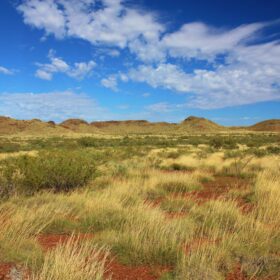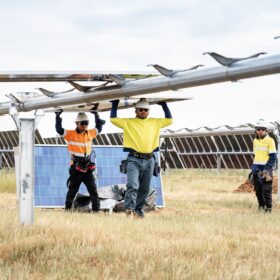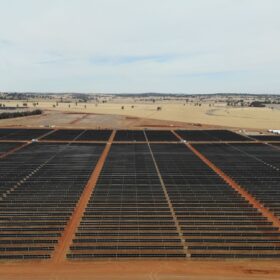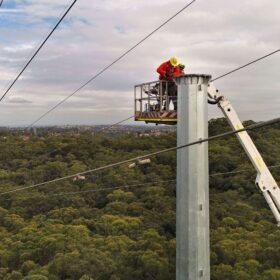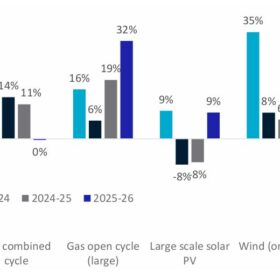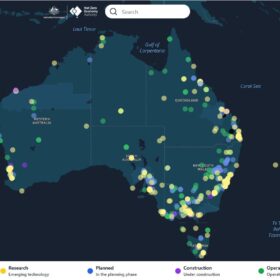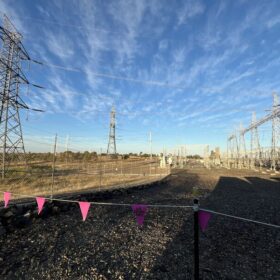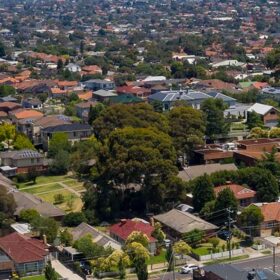WA backs Traditional Owners’ 5 GW green energy parks target
The Western Australia government has committed $2.7 million to support a Traditional Owner group in its bid to develop solar and battery energy storage projects with up to 5 GW of capacity in the state’s Pilbara region.
BNEF flags potential global solar slowdown in 2026 as China cools
BloombergNEF projects a slight year-on-year dip in global solar additions in 2026 as China’s growth eases, even as installations elsewhere continue to rise.
Machine-learning models identify hidden physical defects in solar arrays
The software tool uses self-supervised learning to detect long-term defects in solar assets weeks or years before conventional inspections, potentially reducing operations and maintenance costs.
European Energy lands tick of approval for 1.1 GW solar project
Danish renewables major European Energy has secured development approval for its plans to build the 1.1 GW Upper Calliope Solar Farm near the industrial city of Gladstone in central Queensland.
Potentia pushes energisation button on solar-battery hybrid project
The first solar-battery hybrid facility approved in the National Electricity Market, the $190 million Quorn Park Solar Hybrid project developed by Potentia Energy in New South Wales, has been energised.
Facilitating DER/CER in Australia’s two-way energy system: report
The Australian Energy Regulator has released its third annual export services network performance report on facilitating consumer energy resources in Australia’s two-way energy system.
1 GW transfer capacity unlocked by existing Hunter region network upgrades
Electricity distributor Ausgrid will unlock 1 GW of transfer capacity from the Hunter-Central Coast Renewable Energy Zone by upgrading its existing distribution poles and wires, instead of building of building new ones.
Renewables remain lowest-cost option says CSIRO report
The national science agency’s latest update on the cost of meeting Australia’s future power needs has again found firmed renewables provide the lowest-cost option for electricity generation.
New tool tracks Australian government renewable energy investments
The agency tasked with helping manage Australia’s move to a net-zero economy has launched an interactive map featuring more than 800 Commonwealth-supported utility scale renewable energy and net-zero projects, transmission lines, and industrial projects.
Iberdrola achieves connection milestone for Broadsound solar and battery build
The Australian arm of Spanish energy giant Iberdrola Iberdrola is poised to begin early testing of its Broadsound Solar Farm after Queensland transmission network operator Powerlink energised the grid connection to the 377 MWdc facility ahead of schedule.
